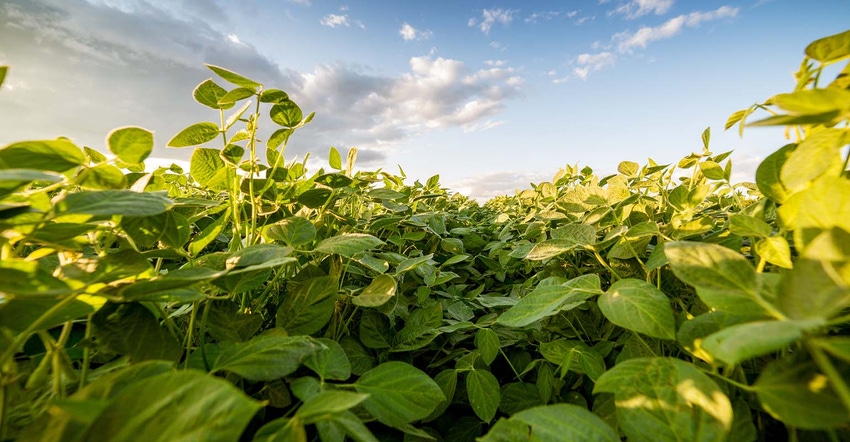November 19, 2020

The SCN Coalition encourages soybean growers to talk to a trusted expert – a seed representative, crop consultant or university/extension specialist – to determine if they are using an effective source of SCN resistance and rotating sources of SCN resistance.
Iowa State University Nematologist Greg Tylka says most SCN-resistant varieties have the PI 88788 source of resistance, and in many soybean fields, the nematode is dragging down the yields of these varieties. “Not every SCN resistant variety with PI 88788 is equally good in terms of nematode control. Still, in many experiments, we see the Peking source of resistance out-yielding the best PI 88788 varieties,” he said. “And for 2021, soybean growers will have a third source of resistance sold by Syngenta under the Golden Harvest and NK Seeds brands. That source of resistance is PI 89772.”
In a new video series titled “Let’s Talk Todes,” Tylka and University of Missouri Plant Pathologist Kaitlyn Bissonnette explain why the SCN-resistant soybean variety a soybean grower selects can greatly impact their bottom line.
Bissonnette says most growers she talks to don’t know what source of resistance they are using. “Growers need to ask what source of SCN resistance they are using and make sure they rotate to another source of resistance to keep the nematode guessing,” she says. “Studies show after using PI 88788 for decades, it isn’t as effective as it once was in many fields. That’s why growers need to more actively manage SCN and take the first step and test their soil for SCN, if they haven’t already done so, to know which fields are problematic.”
Tylka says if a soybean grower planted PI 88788 in their last rotation, they should consider planting a Peking variety or the PI 89772 source of resistance. “Growing the same source of SCN resistance for each soybean rotation increases the likelihood the nematodes will become resistant – dragging soybean yields lower,” he said. “Throwing different tools at SCN makes the overall management program more robust.”
Growers can download a list of SCN-resistant soybean varieties from Iowa State University by clicking the download button below.
"Our most recent list had 850 different varieties growers could choose from, and all but 15 had PI 88788 resistance," Tylka said. "The other most common source of SCN resistance is Peking, but only 15 SCN resistant varieties available for Iowa have that type of resistance. We need seed companies to deliver varieties that have resistance that's not PI 88788.”
Seed treatments, particularly nematode protectants, are another option, Bissonnette says.
"Seed treatments can provide early season control and prevent that first generation of SCN from becoming a problem," she said. "We can see as many as three to six generations of nematodes during the growing season depending on the location. If a seed treatment can reduce early season reproductive, it provides another option for growers to manage SCN.”
Source: The SCN Coalition, which is solely responsible for the information provided and is wholly owned by the source. Informa Business Media and all its subsidiaries are not responsible for any of the content contained in this information asset.
You May Also Like




